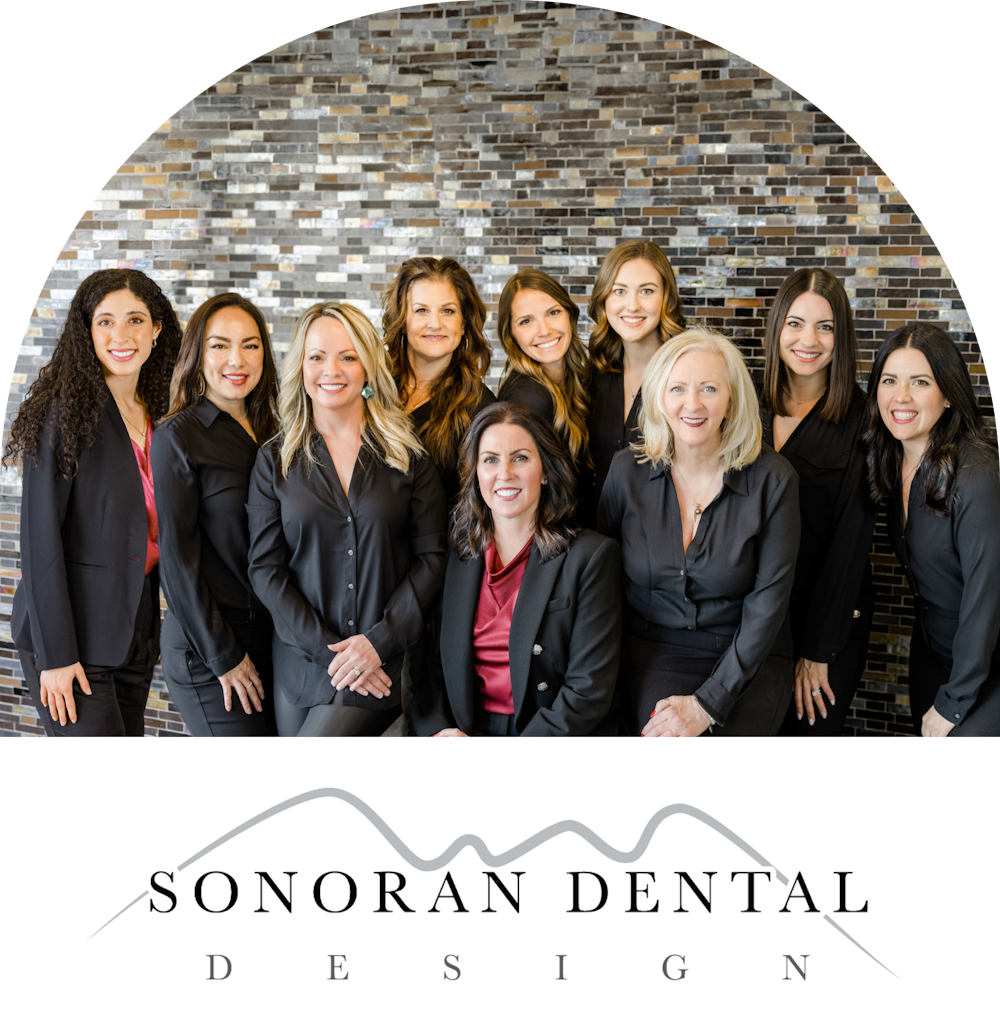Stem Cells in Gum Tissue Can Fight Inflammatory Disease
[caption id="attachment_258" align="alignleft" width="300"] Stem Cells[/caption]
Stem Cells[/caption]
Stem cells found in mouth tissue can not only become other types of cells but can also relieve inflammatory disease, according to a new Ostrow School of Dentistry of USC study in the Journal of Dental Research.
The cells featured in the study are gingival mesenchymal stem cells (GMSC), which are found in the gingiva, or gum tissue, within the mouth. GMSC, like other stem cells, have the ability to develop into different types of cells as well as affect the immune system.
"Gingiva is very unique in our body," says Professor Songtao Shi, the study's senior author. "It has much less inflammatory reaction and heals much faster when compared to skin."
Previously, the developmental origins and abilities of GMSC hadn't been fully illustrated. This study shows that there are two types of GMSC: those that arise from the mesoderm layer of cells during embryonic development (M-GMSC) and those that come from cranial neural crest cells (N-GMSC). The cranial neural crest cells develop into many important structures of the head and face, and 90 percent of the gingival stem cells were found to be N-GMSC.
The two types of stem cells vary dramatically in their abilities. N-GMSC were not only easier to change into other types of cells, including neural and cartilage-producing cells; they also had much more of a healing effect on inflammatory disease than their counterparts. When the N-GMSC were transplanted into mice with dextrate sulfate sodium-induced colitis -- an inflamed condition of the colon -- the inflammation was significantly reduced.
The study indicates that the stem cells in the gingiva -- obtained via a simple biopsy of the gums -- may have important medical applications in the future.
"We will further work on dissecting the details of the gingiva stem cells, especially their notable immunoregulatory property," says first author Xingtian Xu, specialized lab technician at the Ostrow School of Dentistry Center for Craniofacial Molecular Biology.
"Through the study of this unique oral tissue, we want to shed the light on the translational applications for improving skin wound healing and reducing scar formation."
The study was funded by the National Institute of Dental and Craniofacial Research.








